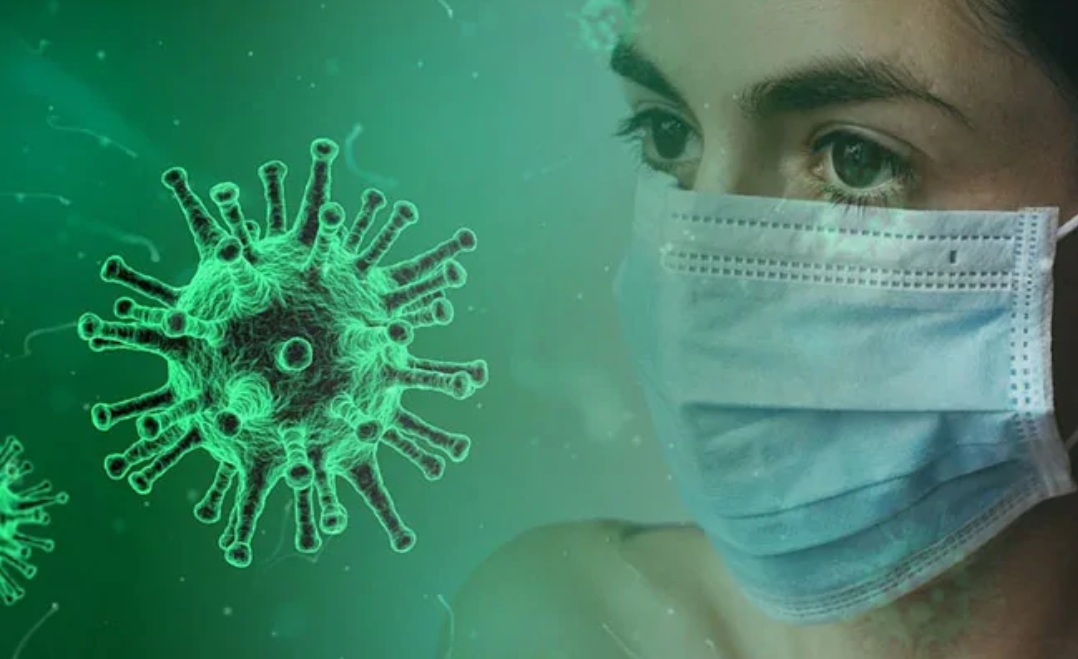They were set up when top hospitals started running out of beds due to the unprecedented flow of critical patients
Over 330 doctors from Kashmir valley turned WhatsApp groups into COVID-19 clinics and managed around 10,000 affected patients and their families by turning hundreds of valley houses into mini-hospitals, eventually helping in flattening the curve.
These online clinics were set up in the last week of July, when the Valley’s three top hospitals, the Shri Maharaja Hari Singh Hospital (SMHS), the Chest Disease Hospital and the Sher-i-Kashmir Medical Institute, started running out of beds due to the unprecedented flow of critical patients, mainly complaining of bilateral pneumonia.
Data bank of patients and line of treatment
“The first aim of these WhatsApp COVID clinics was to create a data bank of patients and their line of treatment. We were all blank initially about what works because it was a novel virus. The data about patients across the length and breadth of the Valley did help us to identify drugs and conditions where patients were responding well,” Dr. Nasir Shams, a physician at the Jawaharlal Nehru Memorial (JLNM) Hospital in Srinagar, told The Hindu.
Dr. Shams was one of the admins of two such WhatsApp clinics. “The government decision to allow mild COVID patients to be treated at home provided a rare opportunity to decrease footfall at the hospitals. Each doctor decided to handle four to five families, 25 persons on an average, beyond their duties. It was voluntary and free. It did yield results,” Dr. Shams said.
Around 330 doctors joined to run two such WhatsApp groups and started grading critical patients who required hospitalisation and those who need at-home monitoring. “It was not possible unless a housemate would not volunteer as a nurse. In many cases these ‘nurses’ also got affected but their tending did help patients recover faster because of the emotional support,” Dr. Shams said.
Oximeters and oxygen concentrators
Hundreds of houses in Srinagar functioned like mini-hospitals, maintaining the pandemic protocols. A cluster of houses in Lal Bazaar saw four families contracting COVID-19 and affecting around 21 inmates in the last week of July. “All were managed at home with multiple lines of medicine. Oximeters and oxygen concentrators were kept available to ensure patients are shifted before any complication,” said another doctor.
Two NGOs, the Athrout Kashmir and the Social Reforms Organisation, helped with oxygen concentrators donated by philanthropists in the Valley. “We have received six consignments of oxygen concentrators so far. It did help in reaching out to the needy. We were receiving around 100 distress calls a day,” said a volunteer of the Athrout Kashmir.
The effort was backed by info videos online and Zoom meetings arranged where doctors and the affected population posed queries. Dr. Masood Rashid, also part of the effort, was handed over a certificate of appreciation by J&K Health and Medical Education Department Commissioner Atal Dulloo recently for his “courage and strength as a COVID warrior”.
According to official figures, the footfall of patients in the JLNM hospital has come down by 40%. Similarly, the bed occupancy at the SMHS and the CD Hospital has improved significantly, according to officials.
Witnessing a decline
Kashmir valley, which saw over 700 patients a day, is slowly witnessing a decline with 554, 457, 376 cases reported in the past three days, official figures suggest. “We are still still on a flat plateau but hopeful to see a further decline in coming weeks,” Dr. Shams said.
With inputs from The Hindu
(This story has not been edited by Kashmir Today staff and is published from a syndicated feed.)

